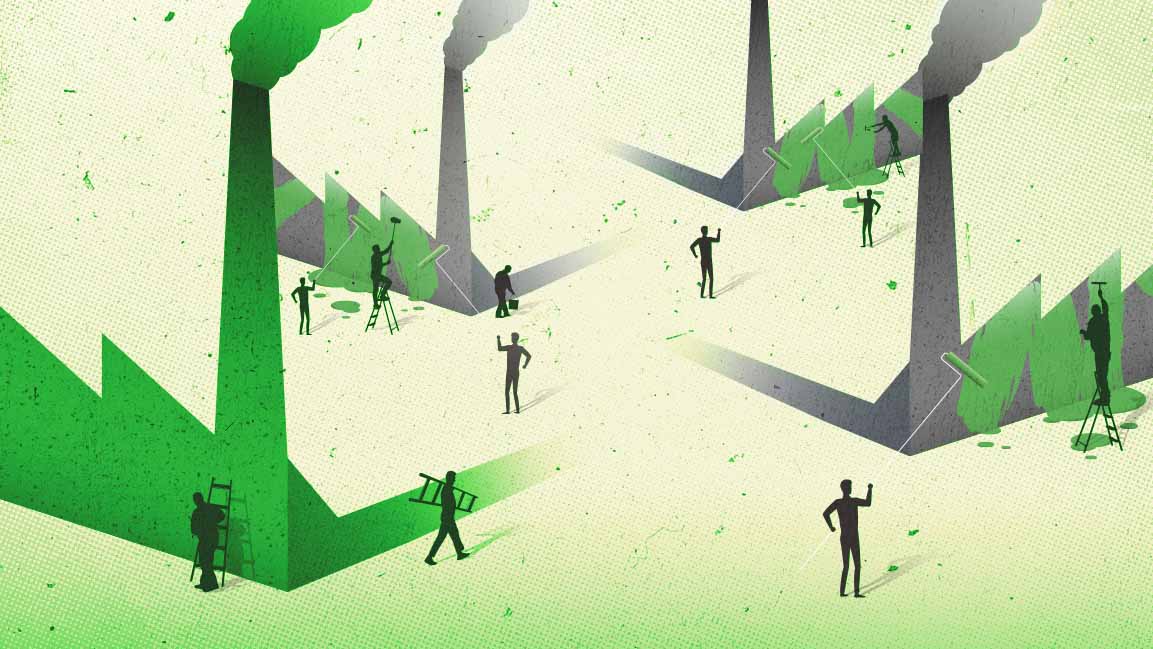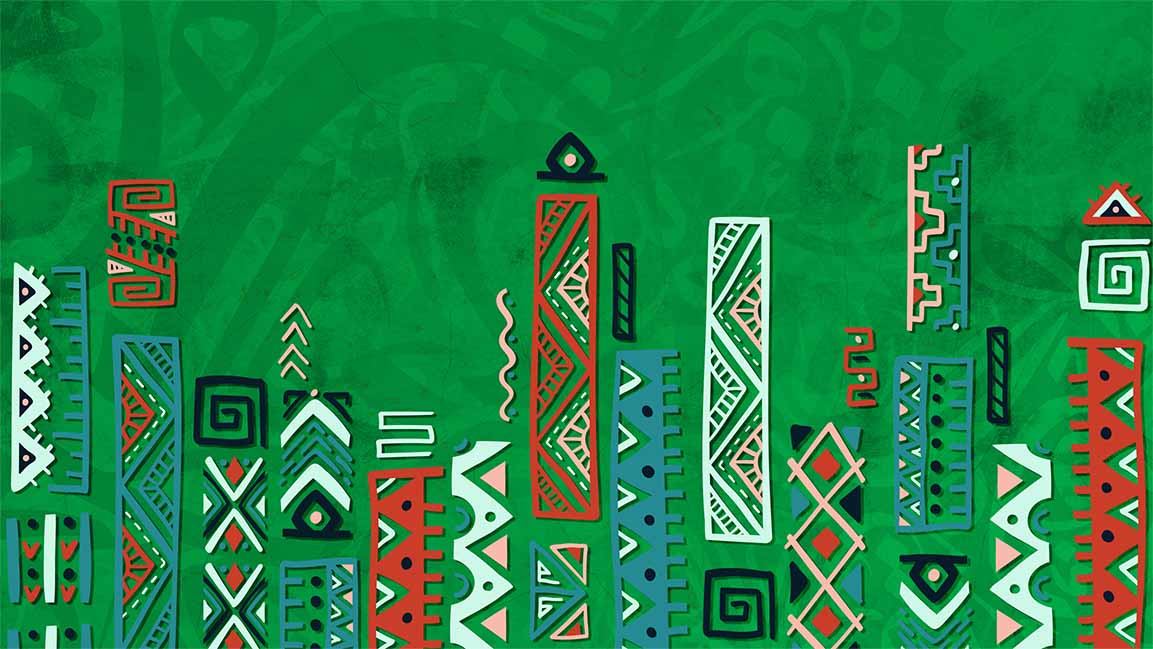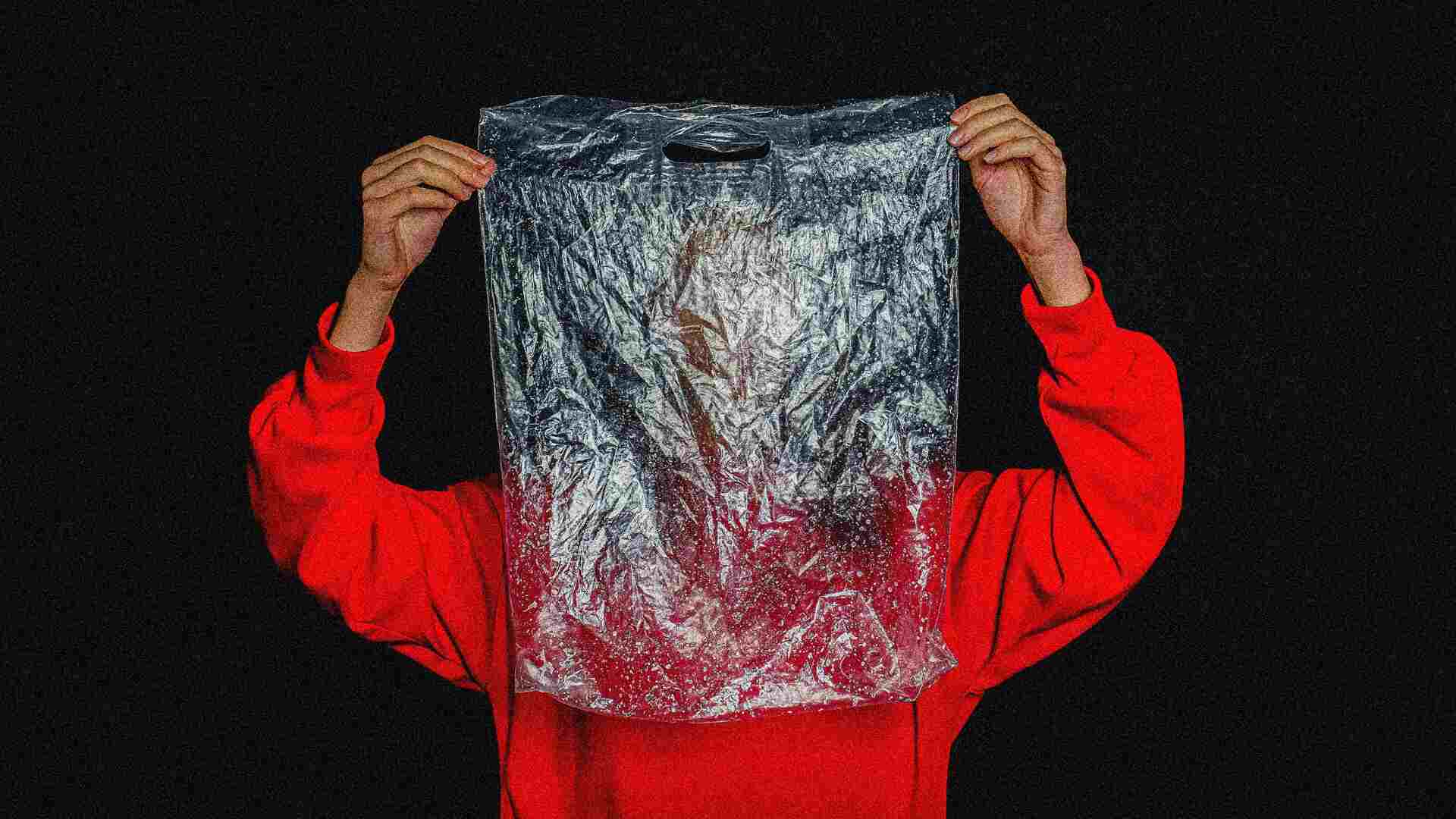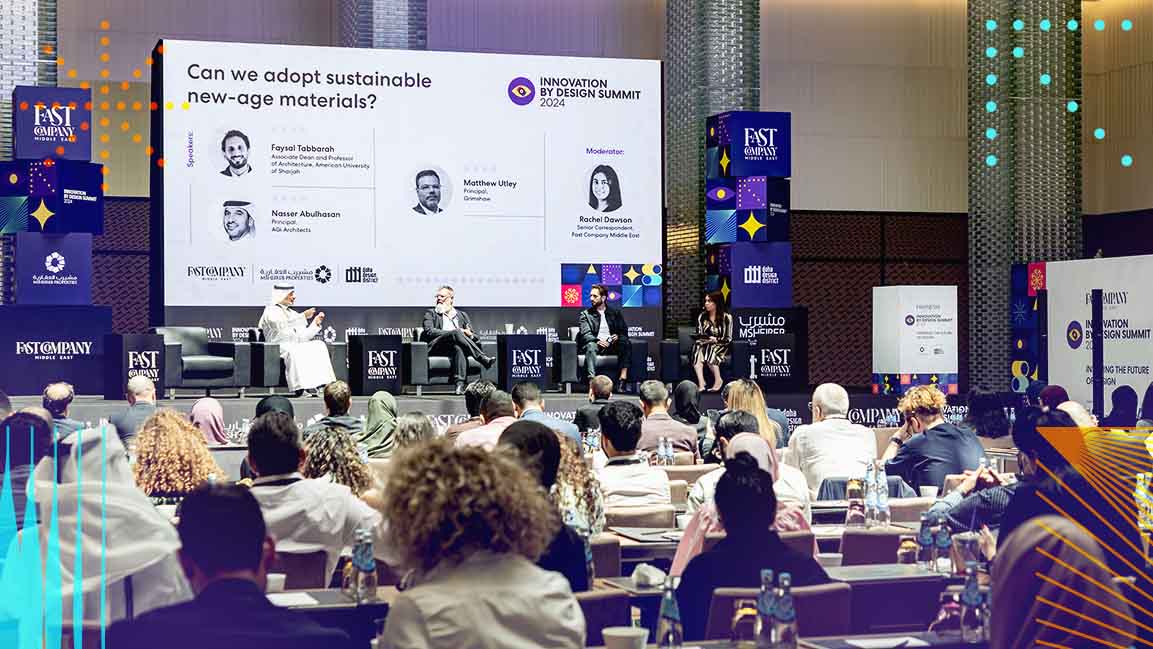- | 9:00 am
Is real circularity achievable? These Middle East brands show the way forward
Business owners explain the roadbumps to sustainability and how they’re adopting circularity in ideation, design, packaging, delivery, and beyond.

Sarah is shopping and comes across a little black dress with a tag that reads “made of carbon.” The dress is part of a capsule made from captured carbon. However, unconvinced, Sarah passes this effort as an attempt at greenwashing.
The problems with circularity are discussed at length in Andrew Morgan’s film Fashionscapes: A Circular Economy. The film exposes faux circularity and how fashion products based on continued plastic use trap us in a linear, fossil fuel economy. The film explores the smoke and mirrors of “semi-circularity” gaining credence worldwide.
Circular models are crucial in combating the climate crisis. However, the fashion industry is the world’s third-largest polluter, releasing 10% of worldwide greenhouse gas emissions annually, causing severe social and environmental impacts in its supply chain, as per the World Economic Forum. The industry’s carbon emissions exceed all maritime transportation and international flights, causing serious social and environmental impacts in its supply chain.
So where does one begin when considering circularity?
In recent times, businesses in the region have adopted sustainability as part of their core values. However, circularity would need to be much more than just a quarterly initiative for true transformation.
According to Deepthi Chandran Joyau, the founder of Only Ethikal, a fashion brand, many brands are becoming circular by producing unhealthy clothing and claiming to be sustainable by giving an option of reselling them. “We have not reached a space of 100% circularity, but that’s a work in progress.”
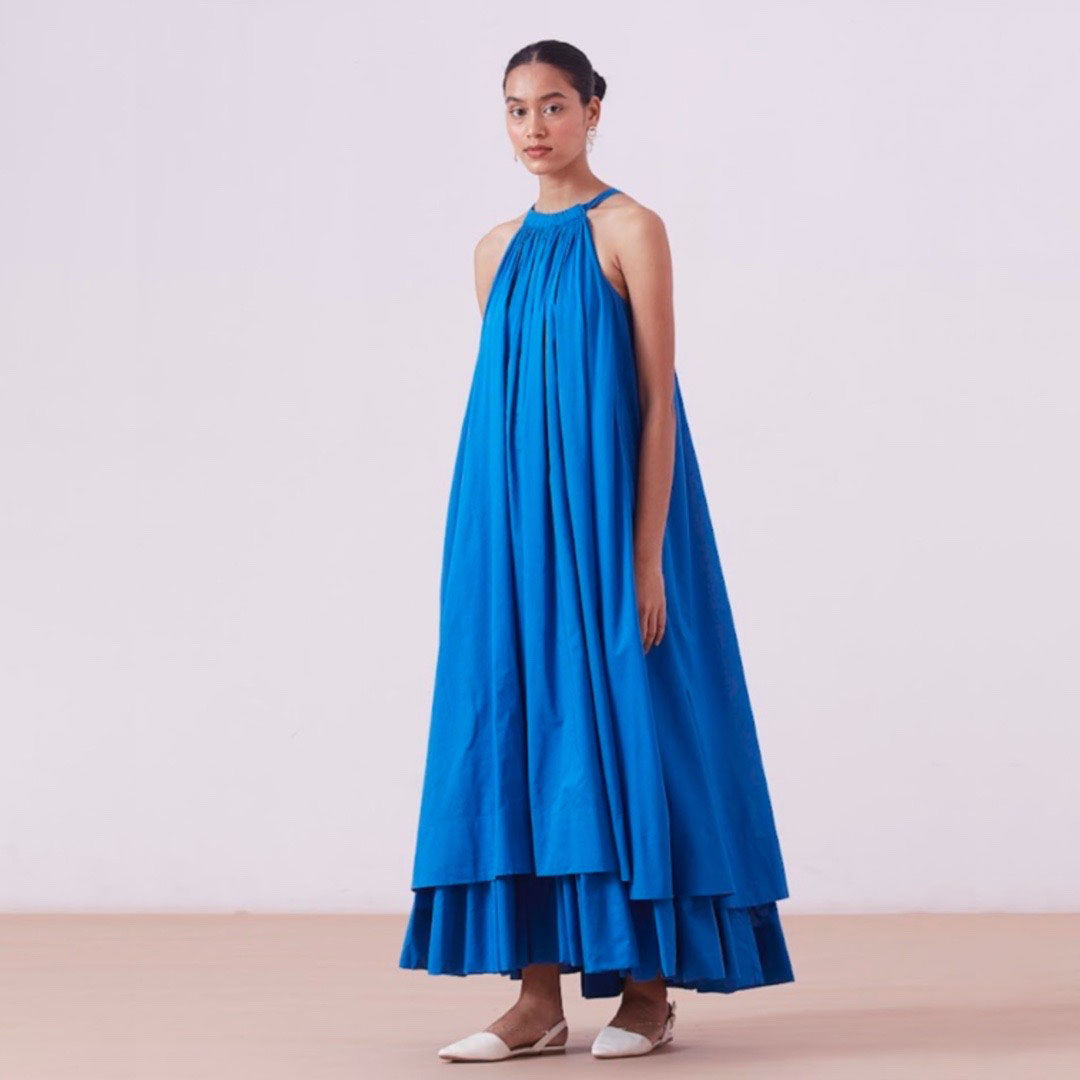
Courtesy: Only Ethikal
Brands must take note of the huge landfill problem and ensure a full-blown commitment to carbon and waste reduction, enabling consumers to shop sustainably.
“A circular economy emphasizes the use of eco-friendly materials and design that prioritizes longevity, enabling garments to withstand years of wear and tear rather than being limited to only a few uses,” says Efsun Ibrahim, Marketing Strategist at ELEMNTS, a UAE-based, environmentally conscious fashion brand.
Consumers will continue to purchase new clothes. “Our society is yet to shift its understanding. So when we offer a solution, we encourage buying quality, wearing it longer, sending it back for someone else to wear until the end of its cycle,” says Gergana Abdulrahman, co-founder of sustainable fashion and lifestyle brand Wild Fabrik.
GETTING ENVIRONMENTALLY SQUARE
Beyond fashion, the conscious lifestyle is an industry that looks at sustainability intently. “We believe that brands need to play their part in creating and adapting business models to encourage consumers to adopt a healthier and eco-conscious lifestyle while not having to break the bank,” says Soraya Sawan, co-founder of Rooted Regimen, a planet-friendly home care products brand. The refilled model that her brand delivers, she says, is an example of saving the high costs of producing and transporting single-use plastic bottles.

Courtesy: Rooted Regimen
Joyau emphasizes that sustainability in fashion goes beyond using eco-friendly materials; it also requires ethical practices in the industry.
For example, a T-shirt made of organic cotton is not truly sustainable if produced in large volumes by underpaid workers in a factory that disregards its environmental impact.
Her brand, Only Ethikal, a homegrown company, is committed to creating fair employment opportunities, partnered with organizations like 1% for the Planet, and prevented using 4,000 kg of plastic waste by using compostable and upcycled packaging materials.
“Fashion is not just a business, but also an art form, which sadly the current fashion industry has ruined by using unhealthy resources and creating modern slavery,” she says.
CONSCIOUS IN A CAPITALISTIC WORLD
Where do used clothes go? That question highlights the problem for an industry so reliant on trends and relevance.
“Fast fashion has encouraged a culture of disposable clothing, where garments are worn a few times and discarded. This contributes to waste and perpetuates unsustainable consumption patterns that harm the environment,” says Ibrahim.

Courtesy: ELEMNTS
As a conscious fashion brand, he says the commitment is to challenge the status quo and promote a more mindful approach to fashion consumption. “Fashion should be about quality over quantity and that by investing in well-made, timeless pieces, consumers can reduce their environmental impact while still expressing their style.”
By creating premium and timeless clothing, “we hope to inspire consumers to value their clothing and use it as a tool for self-expression rather than a disposable commodity,” she adds.
For Joyau, it starts with brands explaining that clothes carry much more than a fashion statement; they carry a soul and environmental footprint. “When a customer places an order with us, we connect with them to get their measurements to make sure that they have ordered the right size and also chat a bit to understand their purchasing intent; this helps to explain how the products are made. This enables people to understand the emotion behind buying a handmade sustainable dress or an upcycled dress,” she says.
“Making a change is hard, especially when it comes to our daily habits. Adopting a clean lifestyle involves discipline and finding healthier, cleaner alternatives to things you wouldn’t have normally thought are detrimental, like a scented candle,” says Sawan.
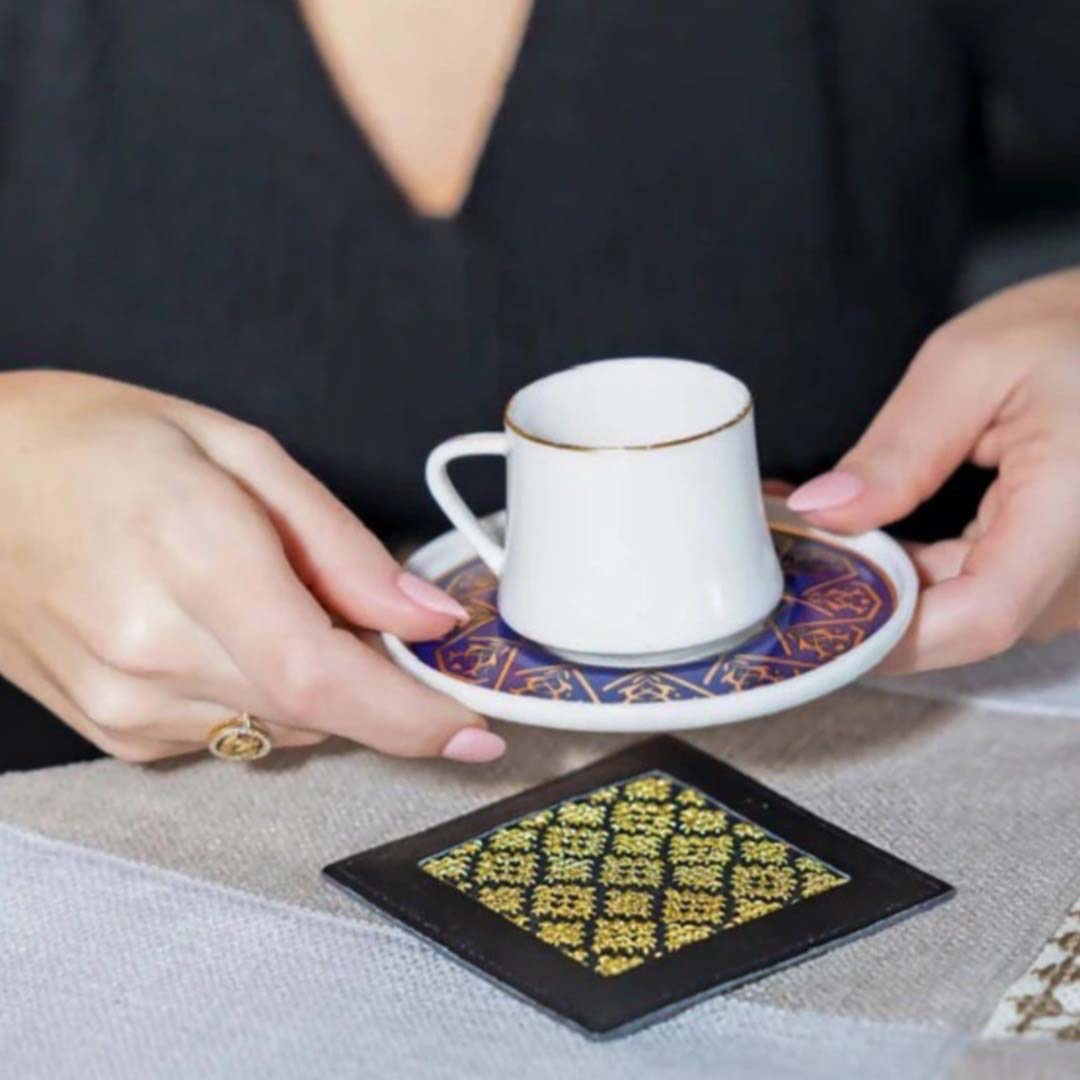
Courtesy: KIINZ
Another challenge for smaller businesses is to build an impactful relationship with customers. A recent player, KIINZ, is an online platform for ethical Middle Eastern businesses that seek to disrupt the linear economic model. “By putting together a platform of niche companies that focus on ethical production, emphasizing quality over quantity, we look to reestablish the relationship between consumers, companies, and their products,” says Nadine Alduwaik, founder of KIINZ.
CLEAN INSIDE-OUT
The objective of the circular fashion approach is to effectuate positive climate change, as the fashion industry has long been inflicting catastrophic environmental damage. To integrate ESG values into a brand, ELEMNTS has implemented several strategies encompassing how clothes are sourced, designed, and manufactured.
“This model prioritizes reducing and eradicating waste production at each cycle stage, ranging from raw materials and production waste to supply chain and post-consumer waste, all of which can be repurposed, reused, or recycled for utilization elsewhere in the cycle,” she says.
They can stand out by focusing on fibers such as cotton, hemp, modal, bamboo, and linen, which have a lower environmental impact.
“By designing for the material, we’re able to create pieces that are not only beautiful and functional but also have the lowest possible environmental footprint,” she adds.
“We mostly work with natural fabrics, unless recycled from a synthetic material; if a dress made using organic cotton reaches a landfill, it will degrade in 180 days, unlike synthetic materials, which take around 200 years,” says Joyau.
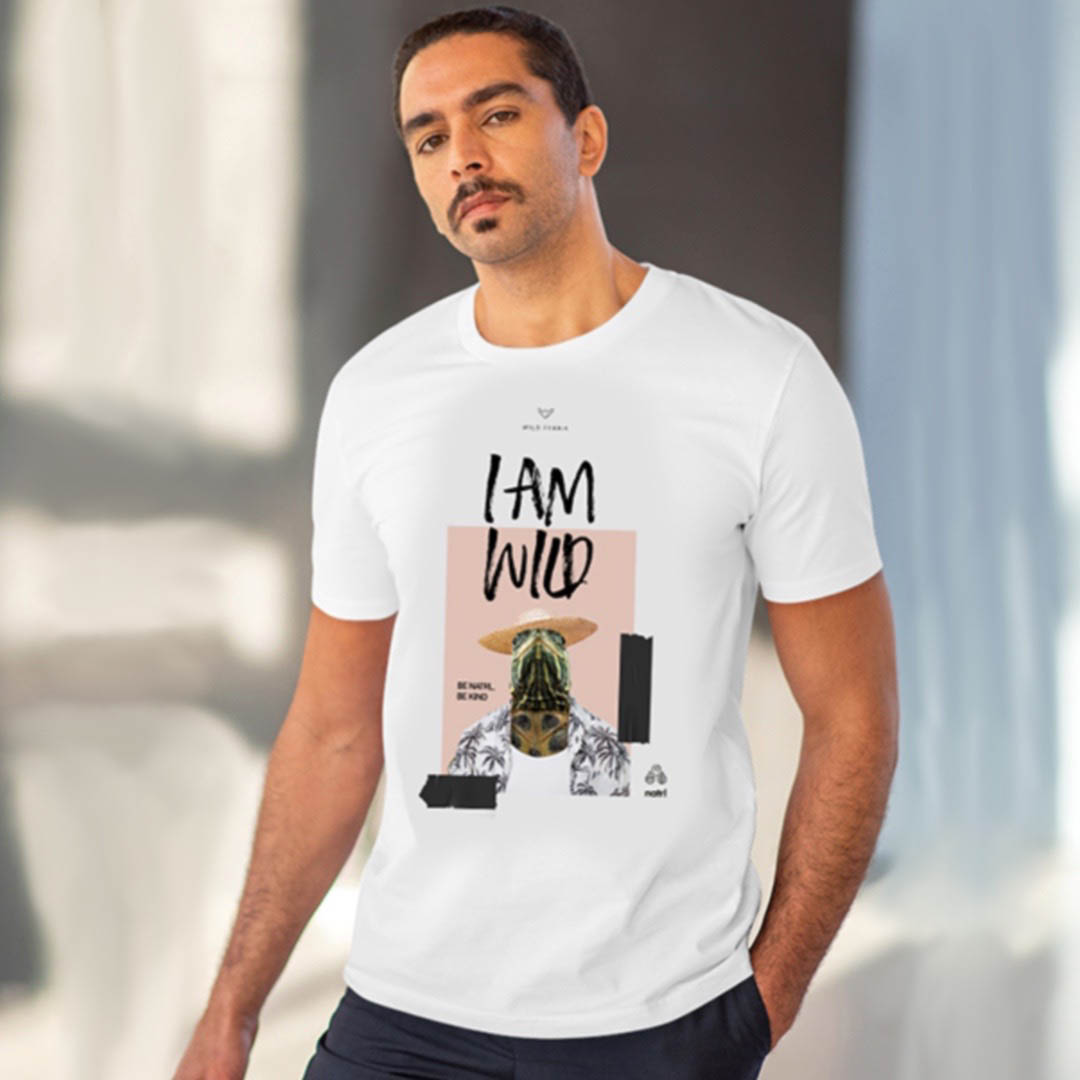
Courtesy: Wild Fabric
Consumers can be engaged by elevating the impact of each purchase. For example, KIINZ donates a portion of its earnings to charities that support the same communities housed in its marketplace. “This offers consumers a special incentive to shop for high-quality goods while remaining confident that each purchase will promote the growth of local economies,” says Alduwaik.
Perhaps one reassuring fact is that fashion is a creative industry driven by innovation, and all is not grim when pursuing circularity.
“As fashion continues to evolve, it is crucial to approach it with a critical and forward-thinking mindset that seeks to combine creativity with responsibility and positive impact,” says Ibrahim.
Sustainable circularity must have innovation as part of its DNA. “We see new fabrics created, such as Tencel and Bemberg, and fabrics made from recycled plastic and upcycled fabric waste. There are leather alternatives made from apples,” says Joyau.
In addition to new materials on the scene, Abdulrahman says, some companies are utilizing technology to clean and reuse water so that – another pollutant – dyes do not end up in rivers.
“All of these demonstrate the potential for innovation in fashion.”
*To learn more about how the circular economy can help businesses achieve sustainability, join us at Fast Company Middle East’s Green Goals Summit. Register here.












